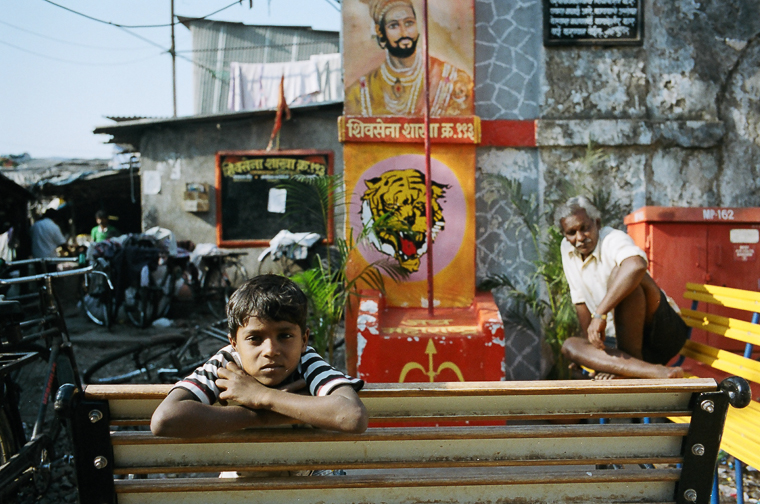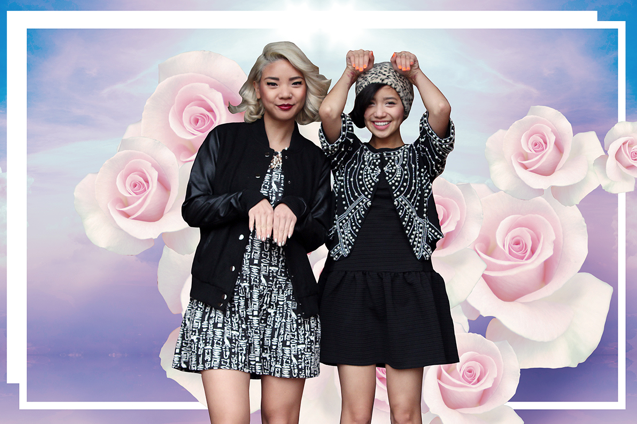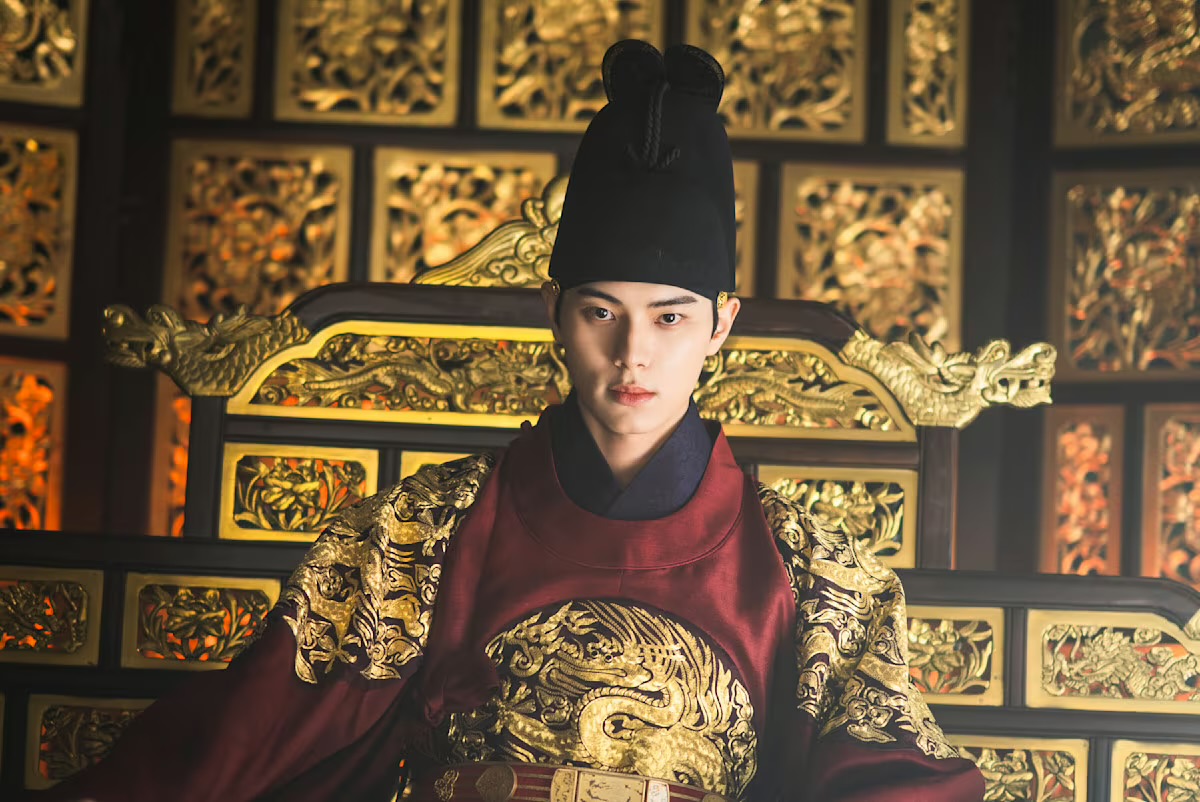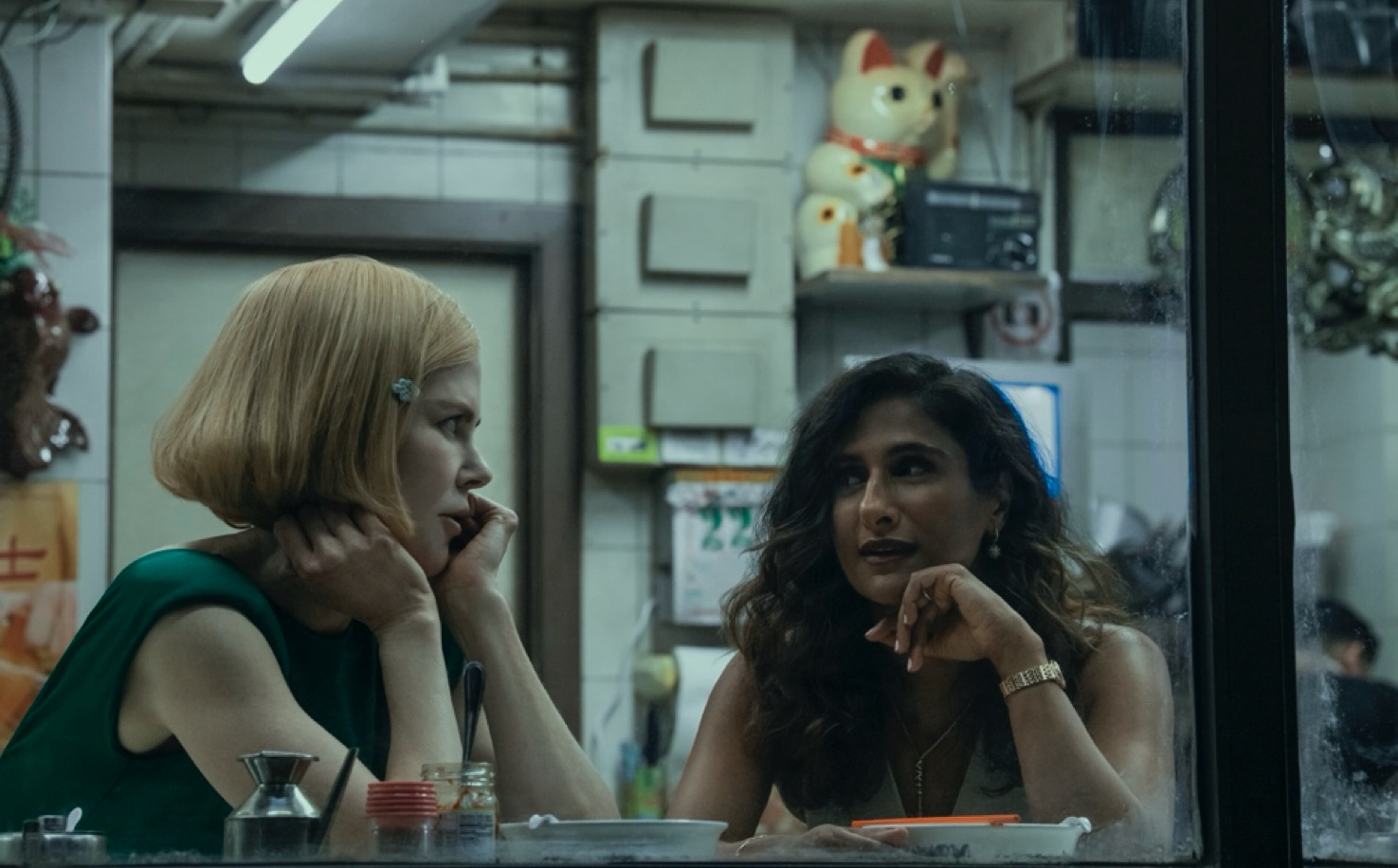Ready, aim, snap: A street photographer, Eric Kim captures images he hopes shed light on the human condition.
by MARK EDWARD HARRIS
 Eric Kim wanders the streets of the world, camera in hand, freezing moments in time: the man donning the cherry-red jacket, yellow Ray-Bans and cowboy hat at a downtown L.A. Starbucks (and who claims to have invented the Internet); the bleach-blond woman with the fierce and intense face at a Turkish bazaar; the elderly man with the leathery-brown skin absolutely burnt under the hot Marseille sun. All of these subjects caught the attention of Kim, a street photographer based in Berkeley, California.
Eric Kim wanders the streets of the world, camera in hand, freezing moments in time: the man donning the cherry-red jacket, yellow Ray-Bans and cowboy hat at a downtown L.A. Starbucks (and who claims to have invented the Internet); the bleach-blond woman with the fierce and intense face at a Turkish bazaar; the elderly man with the leathery-brown skin absolutely burnt under the hot Marseille sun. All of these subjects caught the attention of Kim, a street photographer based in Berkeley, California.
It’s work that’s not for the timid. His approach of getting up close and personal with unsuspecting strangers takes a combination of guts and chutzpah. Wikipedia defines street photography as a type of art photography that features the human condition within public places. Kim, 26, prefers to call himself a sociologist with a camera. For him, the images he captures move him—and, he hopes, others—and make us think about humanity and society, the hopes, dreams and sometimes the suffering of everyday people.
Far from just a hobby, he teaches street photography workshops—often sold-out—around the world, including in Seoul, Sydney, Beirut, Berlin, Hong Kong, Amsterdam, Mumbai and in U.S. cities like Los Angeles and Chicago.
He has served as a former judge for the International London Street Photography Contest and was interviewed by the BBC on the ethics of street photography. Here, Kim talks with photojournalist and frequent KoreAm contributor Mark Edward Harris about his unusual profession.
How did your interest in street photography come about?
My interest in photography coincided with my study of sociology as an undergrad at UCLA. I saw how the camera could be used as a research tool. Initially, it was with a little digital point and shoot my mother had given me as a high school graduation gift. It was kind of a perfect marriage discovering street photography because sociology is all about understanding the world, social situations, individuals and societies. Photography was a tangible way to discover and document that. I see myself as more of a sociologist with a camera rather than a street photographer. I’m trying to make social statements through my photography.
What would be an example of that?
The main project I’m working on right now is called “Suits.” The concept stems from my time working in the corporate world after graduating from college. I remember saying to myself, “I’m never going to sell out. I’m never going to be driven by wealth and power.” Originally, I thought after graduating, I would continue on for a Ph.D. in sociology and become a professor because teaching is my passion. But the thought of going to school for another eight years was too daunting. So I decided to start working in the corporate world for a large Internet media company, as an online community manager dealing with social media and online marketing.
It was a pretty cool job, but over time, I found myself becoming materialistic. I didn’t want to become obsessed with consumer culture. After being there a year, the company’s stock went downhill, and I got laid off. It was my chance to get out of the rat race.
So suits are a symbol of the corporate world, and I see all these people looking miserable, sad, lonely, depressed, overworked, hungry for money, what I perceived as something that brought a lot of dissatisfaction. I see this as a project that could end up as a photo book.
Aren’t you going into this project with a preconceived notion?
I did have kind of a framework going into this project, making it a self-portrait in a sense. The effect of money, wealth and power in the corporate world, but I’m not seeking out happy- or sad-looking people. I pretty much photograph everybody out there—guys wearing suits with and without ties, guys wearing ties without suits, women in suits, some people looking good, some looking miserable. I want to build a subjective narrative based on my personal experiences working in the corporate world. The subjective view is guys looking miserable, from my personal experiences.
What is your objective view?
I don’t think there is any true “objectivity” in photography. Photography is all about framing the world how you see it. We decide what to include in the frame, and what to exclude from the frame. Not only that, but we decide what to photograph, and what not to photograph.
So in terms of my “Suits” project, I photographed thousands of suits. Some of the suits were happy and in a good mood. But based on all the suits I have been observing, most of them do look quite stressed, anxious or just plain bored. But in the editing phase, I am trying to sculpt my narrative by painting a more painful picture.
What percentage of the time do you ask permission versus grabbing a shot?
For my street photography, about 70 percent of the time, my work is candid; 30 percent is when I ask permission. For the suit project, it’s 90 to 95 percent unposed. I want to capture real expressions.
Robert Capa said, “If your photos aren’t good enough, then you’re not close enough.” You seem to be of that school of thought, getting up close to your subjects with your camera, rather than hiding across the street and sneaking shots with a long lens.
I think a telephoto is an anti-street photography lens, and I stress that point in the workshops I teach. There’s a saying I read on the Internet: “Creepiness is proportional to focal length.” I recommend to all my street photography students that they use a 35mm, full-frame equivalent lens, or even a 28mm. I believe that the human eye sees at around a 40mm. The 35mm lens is wide enough for most situations. If you want to shoot closer, you can use your foot zoom, that is, walk closer to your subject. A lot of people try to hide a long distance away and use a telephoto, but I think that’s disingenuous. They’re projecting that they’re doing something wrong. I’m generally three to four feet away from my subjects.
What camera equipment are you working with?
When I shoot digital, it’s with the Ricoh GRD 5 or Fujifilm X-T1, but for my work, including my suit project, I’m shooting with a Leica MP camera, loaded with Kodak Portra 400 color film, with a Leica 35mm f/2 Summicron ASPH lens. I get the film developed and scanned at Costco.
It’s surprising to hear that you shoot film in this digital age.
I went to Japan, and a lot of guys there that shoot street photography shoot film, and they got me hooked on it. Besides, it makes me look like a hipster! I’ve been shooting street photography since I was 18. I’m now 26. I started with digital for the first four years and have been shooting film for the most part since then. Aesthetically, I think color film looks nicer than digital, but more than that, I like the delayed gratification of film. With digital I feel like I see the results too quickly. It’s instant gratification, and it can be distracting. If I take a picture of you and then you tell me your backstory, the story itself might influence me into thinking it’s a good photo when it’s not. I usually don’t process my film until three or four months after I’ve taken the photos, so, often, when I look at the images, I have little or no recollection of taking them. This distance allows me to be much more critical when editing the scanned negatives.
That’s impressive discipline to hold off seeing the results of your photographic efforts in our digitized world. The great street photographer William Klein who shot on the streets of New York in the 1950s said you couldn’t do what he did anymore—people are too streetwise and suspicious.
I’m a huge fan of his, but I disagree with that. I do hear, “Oh, people are so paranoid about getting their pictures taken by strangers.” It is true that people might be a little more wary, but I always make it a point to smile at my subjects and say hello to them afterwards, even though I might have first taken their photo without their permission. I’ll say “Nice tie,” and I usually get back, “Thank you.” Ultimately, if you treat people with respect an you’re not acting creepy, people respond quite well.
Have you ever had a negative encounter?
Oh, yeah. I was just in midtown New York and I photographed a guy in a suit smoking a cigar, and he said to me, “What the — are you doing?” I responded, “I just think you look cool with your cigar.” He respond, “No you — douche bag, don’t take a shot of me!” That guy was an anomaly. It was an extreme response. I would say, out of every 100 people I photograph on the street, I might get two negative responses.
Is there such a thing to you as crossing the line in terms of invading someone’s personal space with your camera?
There are a lot of times that I’m nervous to take a photo because I don’t know how a person will respond, but I don’t feel bad about it. First of all, I’m in a public space. I’m not kicking anybody’s bathroom door down and taking a picture of them in the shower. Legally I have the right to photograph anybody in a public space as long as those images are not used to promote a product, that is, used for advertising. I’m trying to make a larger social statement with my photography.
What are the legalities of shooting on the street?
There was a big case involving Philip-Lorca diCorcia who photographed an Orthodox Jewish man, and the case went to court. The photographer ultimately won. You just cannot use the image for advertising without a model release. (The photograph’s subject argued that his privacy and religious rights had been violated by both the taking and publishing of the photograph. The judge dismissed the lawsuit, finding that the photograph taken on the street was art, not commerce, therefore protected by the First Amendment.)
Can one make a living being a street photographer?
After I was laid off, I made a YouTube video where I said, “Hey guys, I’ve lost my job, and I’m going to try and make a living off of street photography.” At the time I had no idea if it was going to be sustainable. But for the last two-and-a-half years, I’ve made a living teaching street photography workshops, and I’ve gotten some sponsorship deals. My goal is to do what I love and not be homeless. And it’s working. I’m on the streets photographing, not living on them.
In his own words: Eric Kim talks about some of his photographs.
TOP PHOTO:
“This photograph was shot in a back-alley in Mumbai. I was walking with my buddy when I saw this great scene: a boy relaxing on a bench in the bottom left of the frame, an elderly man hanging out on a bench on the far right of the frame, with a painting of what looked to me like a Hindu deity on top of the frame. I immediately saw a nice triangle composition. I think the ‘cherry on top’ is the tiger in the middle of the frame—perhaps it is the courage of the boy inside?”

“I was in Downtown L.A. and walked into a Starbucks when I saw this guy and was immediately drawn to his colorful outfit. I approached him and introduced myself. We chatted for around 15 minutes, and he told me how he was in the entertainment business—and how he invented the Internet (I am a bit doubtful of that). At the end of our conversation I asked him: ‘Do you mind if I take a photograph of you? I love your outfit.’” He was more than glad.”

“While at a Greek restaurant in Tucson, Arizona, I see this woman with this brilliant red hair and vibrant yellow shirt (and accessories) out of the corner of my eye. I approached the woman and complimented her on her outfit. I asked if I could take a photograph of her. She said something like: ‘Oh, a lot of Chinese people are always asking me to take my photo. Sure, go ahead!’ After around two photos, she then said something like: ‘Oh, one second, let me fix my lipstick.’ That is the moment when I hit the shutter again—and made this photograph.”

“In this photograph, I was near a bazaar in Istanbul. I thought it was unusual to see a local Turkish woman with bleached hair, so I took a photo of her without permission, around three to four feet away with my flash. When I got the film developed, I loved the expression in the young woman’s face—quite fierce and intense. What I didn’t notice when I took the shot was the woman in the bottom left of the frame in a headscarf. There are multitudes of opposites between the two: young vs. old, headscarf vs. blond hair, and dark vs. colorful.”
From the “Suits” series:

To see more of Eric Kim’s work, visit erickimphotography.com
Eric Kim profile photo by Mark Edward Harris









